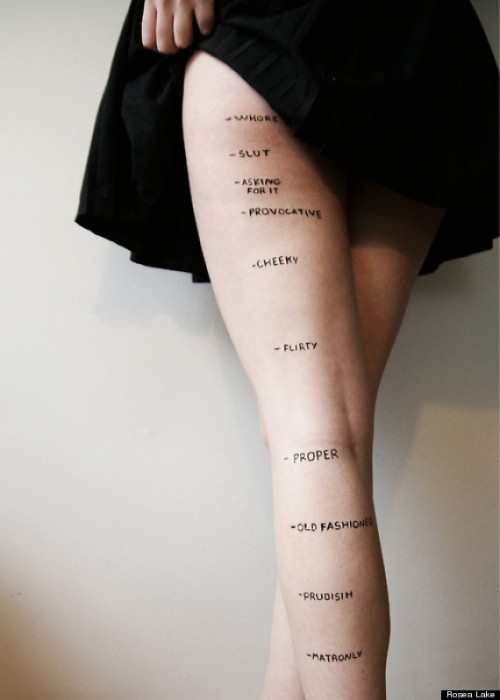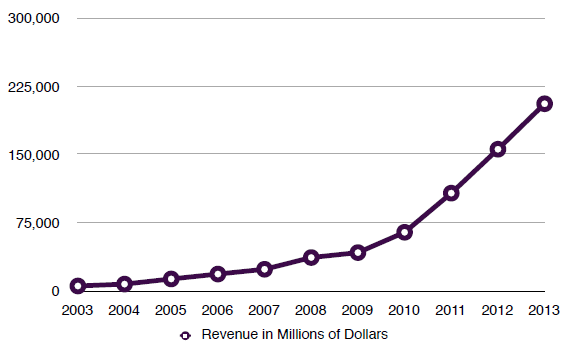This year marks the 40th anniversary of the Equal Credit Opportunity Act. This granted women the right to have a credit card in her own name. This translated into an unprecedented degree of independence for women. Feminists and their allies fought for this new world and it’s a good thing because we love to buy things with our credit cards sooooooo muuuuuuuuch!
And, thankfully, credit card companies like Banif know just how to make us comfortable, by combining feminism and infantilization and kissing our asses because We. Are. So. Special. “Every day is women’s day!” Wheeeee!
The husband in this ad, though, likely thinks he would have been better off if his wife wasn’t allowed to make financial decisions without his approval. Stupid women and their stupid financial decisions. Ruining everything.
Lisa Wade, PhD is an Associate Professor at Tulane University. She is the author of American Hookup, a book about college sexual culture; a textbook about gender; and a forthcoming introductory text: Terrible Magnificent Sociology. You can follow her on Twitter and Instagram.













